Words to Live By
Deadline: Monday, December 3, 2012 by 08:00
 Reinforcing the lesson on thankfulness and our wonderful Thanksgiving luncheon by Student Council, I am posting a video from the American charity, United Way, on this week's blog. your assignment is the following:
1. Pick ten of the vocabulary words below that you will see in the video and define them on your blog post:
| | - a nap
- (to) deprive
- hope
- thankful
- afraid
- (to) interrupt
- (to) tailgate
- (to) wave
- outrageous
- attire
- (to) judge
- success
- integrity
- maple syrup
- homemade
- brownies
- fruitcake
- (to) nag
- obedience
- (to) postpone
- reputation
- blessings
- (to) whistle
- (to) advocate
2. Write a small commentary of a minimum of 100 words on what you liked or did not like about the video. What piece of advice did you like the best? Why? |
Back to Africa
Deadline: Monday, November 19, 2012 by 08:00
 Our African map in the classroom needs to be finished as some of your country drawings were too messy or not to scale. So if your country has not been featured on the wall, that means that is was rejected for display.
Those who do not have their African country on the wall also means they received low marks for not following directions from the previous blog post on creating a African country.
This week's blog is a blog of persuasion. Persuasion is the act of convincing or changing someone else's mind, opinion, beliefs, or actions. Take a look at the photo of the apple. How do you interpret it? Is the apple on the left persuading the apple on the right to be happy? Or is the apple on the right persuading the other apple that he or she is "happy" even when it is not the case? Both interpretations are matters of persuasion.
Now, go back to your African country and persuade me that your country is the best in the class to visit. There are over 50 African countries to choose from for my next holiday. Will I pick yours?
Your blog post this week should:
- be a minimum of 100 words in length
- feature the best highlights in your African country (the climate, people, food, music, sports, animals, national parks, monuments, etc.)
- be creative and of course, persuasive!
If your country has had problems with natural disasters, famine, civil war, or political problems, you will have to be even more convincing as I may not want to go there. Show the very best side to your country for me to consider it. Remember, it does not matter how small or big your country is, there is always something you can find that could bring an adventurous tourist like me to come and visit.
Good luck to persuade me to visit your African country!
In Honor of Halloween
Deadline: Monday, November 5, 2012 by 08:00
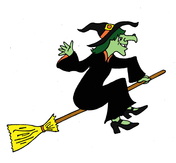 Since witches have been the theme of our Halloween festivities for October 2012, this blog post is in connection to the symbolism behind a witch's wardrobe and appearance.
Please read the directions below carefully before you post on this week's blog.1. The paragraphs below all connect to the secret symbolism of a witch's wardrobe and appearance. Write the missing word in regards to an item or appearance of a witch in the blog post. (See my example post for assistance).
2. All boldfaced words are vocabulary words. Write a short definition or synonym for each word on the blog post.
3. Can you find where I found this information? Do a search online for the article and post the following information on the blog:
- The title of the article
- The author of the article
- The weblink to the article
4. Finally, write what you thought about the article and the research behind the symbolism behind a witch's wardrobe and appearance. (For example: What was the most interesting fact from the article? Did you know any of this information before? Is there a part of the article worth researching further?)
Item number one: WITCH __ __ __ __Some of the earliest images of witches feature them wearing brimless, cone-shaped __ __ __ __, similar to the __ __ __ __ we associate with wizards today. In pagan societies, these __ __ __ __ were reserved for shamen, who were spiritual leaders or healers who used natural herbs to cure disease. Witches were valuable members of pagan communities, because they knew a great deal about the Earth and how to use its resources.
During the Victorian era, illustrations in children's books added a brim to the witch's __ __ __ . These __ __ __ __ were often used to identify evil characters and the __ __ __ __ quickly became a symbol of a wicked witch.
Item number two: WITCH __ __ __ __ __ __
In medieval Europe, everyone owned a __ __ __ __ __ to keep their home clean. __ __ __ __ __ __ weren't associated with witchraft until 1453, when a Frenchman, Guillaume Edelin, confessed under torture that he had made a pact with the Devil that allowed him to fly around on his __ __ __ __ __. During a wave of witch hysteria, investigators would torture alleged witches and try to get them to confess to flying on
__ __ __ __ __ __. Some did, no doubt to escape the torture, adding the __ __ __ __ __ to the witch legend.
Wiccans, who are modern witches, use __ __ __ __ __ __ in some ceremonies to represent the air element. A Wiccan __ __ __ __ __, known as a besom, is a rounded __ __ __ __ __ made with twigs rather than straw. Sweeping with the besom removes negative energy from a room.
Item number three: WITCH __ __ __ __ __ __ __ __ __
The __ __ __ __ __ __ __ __ is a symbol of fertility in many non-Christian faiths, including European pagan religions and some African religions. It's also a practical object that can be used to create potions.
The association of __ __ __ __ __ __ __ __ __with witches stems largely from William Shakespeare's Macbeth, which opens with a trio of witches creating a mysterious potion in a __ __ __ __ __ __ __ __. Although much of Shakespeare's view of witches was intended only for dramatic effect, it became the popular image of witches during the Elizabethan era.
Witch's appearance: __ __ __ __ __ and __ __ __ __ __ __ __ __ __
From the beginning, literature portrayed witches as shriveled, ancient hags filled with superstition and anger at the world. Some writers describe witches as near-skeletal, with leathery skin pulled tight over their bones. __ __ __ __ __ were a common affliction in the Middle Ages, but many people still saw them as evidence of disease or unclean living. As with witch hats, Victorian-era illustrators would use __ __ __ __ __ to represent evil people.
It's interesting to note that the Malleus Maleficarum, a handbook for the detection and prosecution of witches published in 1487, explains that witches aren't all elderly, haglike or covered with __ __ __ __ __ . Beautiful young women are among the most dangerous witches in this book, because they can lure men to their doom.
The idea of witches with __ __ __ __ __ __ __ __ __ doesn't take hold until the 20th century. The first __ __ __ __ __-__ __ __ __ __ __ __ witch appears in the film version of The Wizard of Oz, even though the original book never describes The Wicked Witch of the West with __ __ __ __ __ __ __ __ __ . This was most likely a decision made by the filmmakers to show off the potential of brand-new color film.
The color __ __ __ __ __ has been associated with witches since the time of the Ancient Celts. In Celtic tradition, __ __ __ __ __ is the color of the fairies, with whom witches shared a strong association. Witches were depicted wearing __ __ __ __ __ as a symbol of their otherworldly nature.
Bonus House Point Challenge
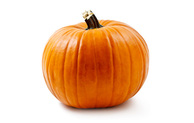 For those who would like a House point challenge worth 1oo points, can you find the answers to the questions below regarding the world's largest pumpkin? Please write your answers on this week's blog post.
Thank you, Elliott, for providing the questions for this House point challenge!
1. What is the weight of the world's largest pumpkin as of October 2012?
2. In which state was the world's biggest pumpkin grown in the United States?
3. Who is the owner of the world's biggest pumpkin?
4. Find a picture of the pumpkin and the owner online and post the weblink on the blog post.
Countries of Africa
Deadline: Monday, October 22, 2012 by 08:00
 It's time to start decorating our classroom map of Africa! Each one of you has a country that I have picked out for you below. Follow the steps carefully to know what you need to do for this blog post AND for the Africa map in the classroom.
STEPS IN RED = Blog post assignment
STEPS IN PURPLE = African map assignment in classroom
STEP ONE: Each of you has three clues that connect to a country in Africa. Read the clues and do a Google search to see if you can find the name of your country. Define each of the three words in your blog post.
STEP TWO: Once you have found the name of your African nation, you will need to fill in the blanks below on the essential information of your country for the blog:
1. Name of African Country:__________________
2. Capital: __________________
3. Population: __________________
4. Official Languages: __________________
5. Currency: __________________
STEP THREE: Can you locate your country on a world map? Find your country on the classroom African map drawn by 8th grader Piotr and trace the outline of it on a blank piece of paper. Decorate the country by drawing and coloring the official flag inside the outline (See below for two examples).
STEP FOUR: Cut out your map and write the name of the country on the opposite side. Tape a corner of the country on the large African map in the classroom so others can lift up the map to see the country's name on the opposite side.
STEP FIVE: Find out what and where the capital of your African country is. Neatly write the capital name and a star with a circle around it (⍟) under your country map flap on the classroom African map.
AFRICAN COUNTRY CLUES
LAUREN A.: Sudd / Salva Kiir Mayardit / 2011 independence referendum
ALIKHAN: Tigre people / UNOVER / Isaias Afewerki
KUZEY: Erg of Bilma / Djado Plateau / Cure Salée
KRISTINA: "Dead Heart of Africa" / Tibesti Mountains / Chari Jazz
MARIA B.: Darfur / haboob / secretary bird
MARC: Dogon people / Timbuktu / Festival au désert
JORDI: Ben Amera / Eye of the Sahara / Mohamed Ould Abdel Aziz
ARTUR: Lake Retba / Youssou N'Dour / ceebu jen
LUCA: Conakry Monster / Fouta Djallon / Camp Boiro
CHRISTOPHER: "Gold Coast" / Lake Volta / Elmina Castle
DIEGO: Mende people / blood diamonds / Tiwai Island
FRANCESCA: zoblazo / Kedjenou / Basilica of Our Lady of Peace
PAVEL: Upper Volta / mobylettes / Mossi people
ELLIOTT: Blo Degbo / James Monroe / Pepper Coast
LAUREN T.: Gelede / Nollywood / Argungu Fishing Festival
Connections to Africa
Deadline: Monday, October 15, 2012 by 08:00
Take a look at this Catalan map from 1375 and answer the questions below on the blog:
1. What parts of the world are featured on the map?
2. What do you think is the brown curved path featured at the top right of the map? (Hint: Look at the map pictured below for a clue!)
3. Who is pictured on his throne on the bottom right of the map?
4. Why do you think this African king mentioned in question 3 has been featured on the map? What did he do that made him so famous to be pictured on a map?
Name that tribe!
Deadline: Monday, October 8, 2012 by 08:00
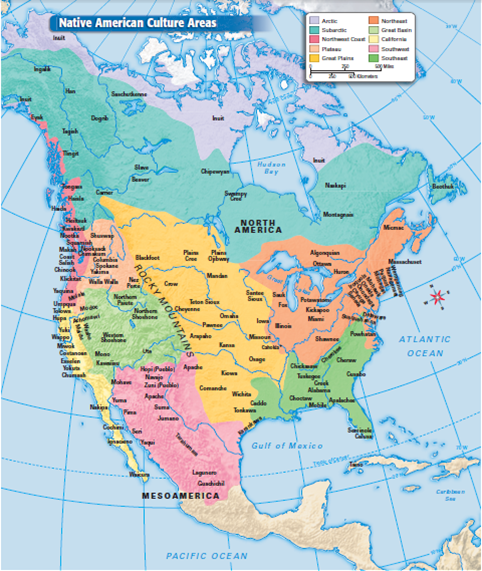 As you have been learning in class, North America has several different culture areas, each with their own distinct climate, animals, languages, geographic features, and people. Take a look at the four clues below. Each one describes a different Native American tribe from North America. - Write your answers to each of the tribes below, and define any red boldfaced words in your blog post.
- For the fifth tribe, you are responsible for writing your own three clues for others to guess on the blog.
TRIBE NUMBER ONE: New York / original members of the Iroquois League / "People of the Flint"
The name of the tribe number one is: _________________________________
TRIBE NUMBER TWO: Arctic regions of Canada, Greenland and Alaska / igloo / kayak
The name of the tribe number two is: _________________________________
TRIBE NUMBER THREE: New Mexico, Utah, and Arizona / The Long Walk / hogan
The name of the tribe number three is: _________________________________
TRIBE NUMBER FOUR: Midwestern United States and Canada / Sitting Bull / Wounded Knee Massacre
The name of the tribe number four is: _________________________________
TRIBE NUMBER FIVE: __________________ / __________________ / __________________
The name of tribe number five is: _________________________________
Monte Verde Mystery
Deadline: Monday, October 1, 2012
| Scientists have dated Monte Verde, an archaeological site in Chile, as being at least 12,500 years old. Monte Verde is located 10,000 miles south of the Bering Strait, the narrow channel of water between Alaska and Russia.
The Monte Verde findings have caused archaeologists to question how early peoples migrated to this area. Artifacts discovered in North America, in places like Clovis, New Mexico, and the Topper Site in South Carolina have been shown to be "younger" than Monte Verde.
| | - If early peoples entered North America via the Bering Land Bridge, how is it possible that a site located close to the bottom of South America have older artifacts than in North America?
- Is there another way that early peoples could have migrated to South America?
Write your thoughts and possible explanations below in the blog. Remember to write five or more sentences in your post.
MAIN OBJECTIVE: In this blog post, I will be paying special attention to capitalization in your writing. Remember to capitalize the first word of each sentence andto capitalize cities, countries, oceans, and continents.
Writing an email with a historical question
Deadline: Tuesday, September 25, 2012 by 08:00
This week I would like all of you to write an email to my ES Intenational School account for your blog assignment.Some of you who are new may be asking, "Where can I find Mr. H.'s email?" If you do not remember it, click on the syllabus box in your grade's history dropbar and open up the syllabus in PDF format.
Make sure your email contains the following points:
- The email needs to start with "Dear Mr. Hendricks,"
- The first paragraph of the email must give a brief introduction of yourself, including:
A) Your full name
B) Your nationality
C) Your age and birthday
D) How long have you been a historian (or studied history in school?) - The second paragraph is one that requires some thought and a bit of research. You need to ask any historical question you wish from the history we are going to study this year. Check the syllabus on this website for topics we are covering in class or look at the back of your textbook to see a quick listing of the chapters we will study. You start your second paragraph with, "My historical question that I would like to know the answer to is this: ______________________________?"
- The email should conclude with "Sincerely," and your first and last name.
NOTE: To write an excellent question, do your best to be specific on a certain subject, event, or person, and ask questions with "How?" or "Why?"
Examples:
- How have The Simpsons changed the face of comedy?
- Why are The Simpsons yellow?
For fun, you can try and answer The Simpsons questions above on the blog right now and start a debate with your classmates! | | BONUS: If your question is "most excellent" in its construction and depth, I will ask you to find a famous historian via the Internet and see if he or she can answer your mind-boggling question. You may earn 1,000 House points if your question is well written and you can find an expert who can provide a suitable answer to it.
What is La Diada?
DEADLINE: Monday, September 17, 2012 by 08:00
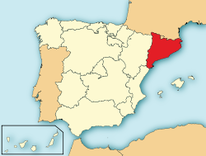 On Tuesday, September 11, 2012, people across the province of Catalonia will celebrate La Diada. Do a web search on this Catalan public holiday and answer the following questions on this blog:- What is La Diada?
- What do people traditionally do on this public holiday?
- Two flags are traditionally seen on La Diada (see below). What are their names in Catalan and what is the difference between them?
- PREDICT: What connections do you think there may be with La Diada and the American Revolution which we will study this year?
Thank you!
-Mr. Hendricks
Catalan Flag #1
| Catalan Flag #2
|
|



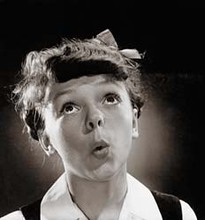




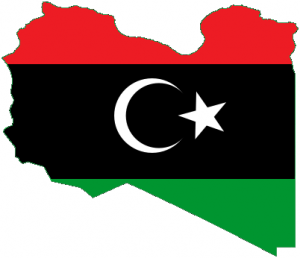
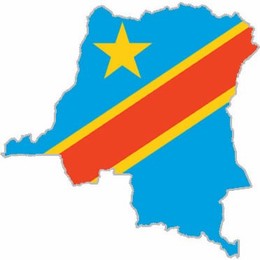

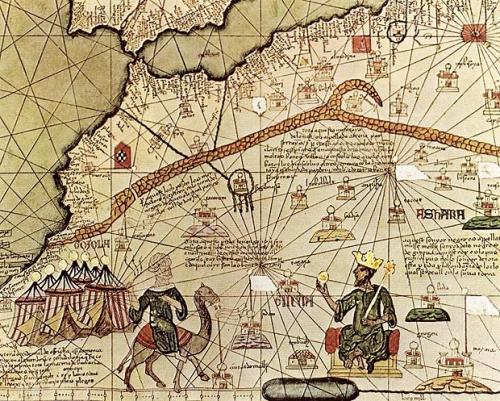
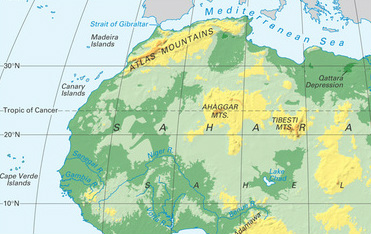

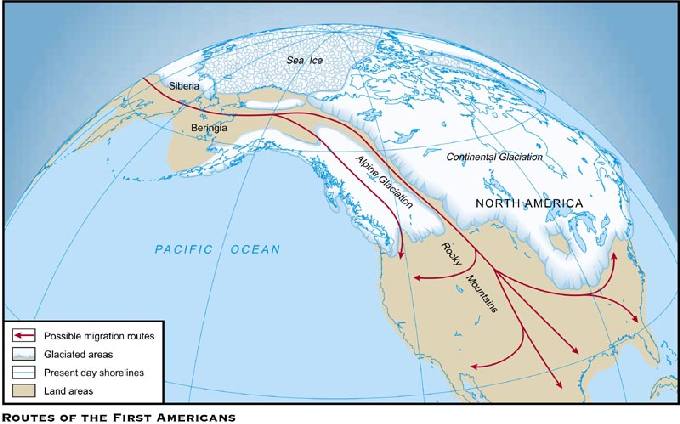
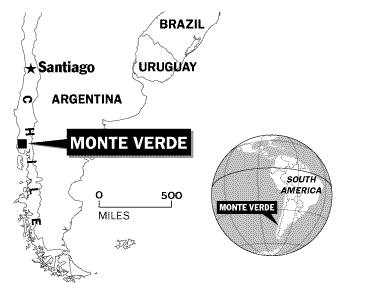


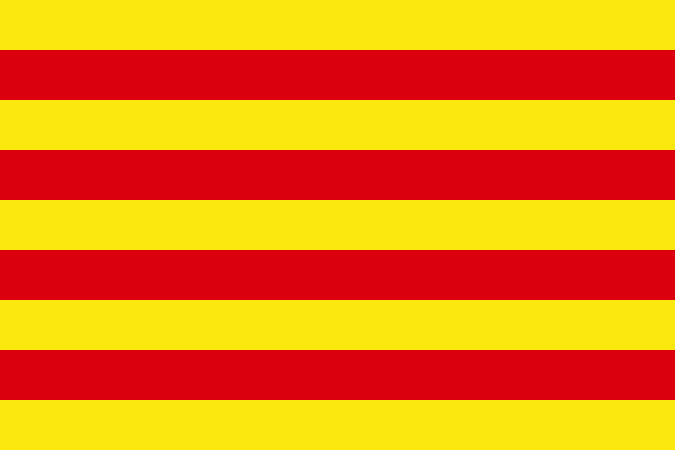
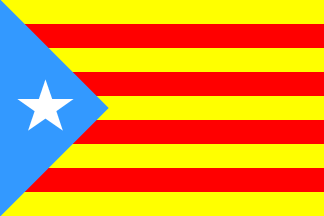

 RSS Feed
RSS Feed